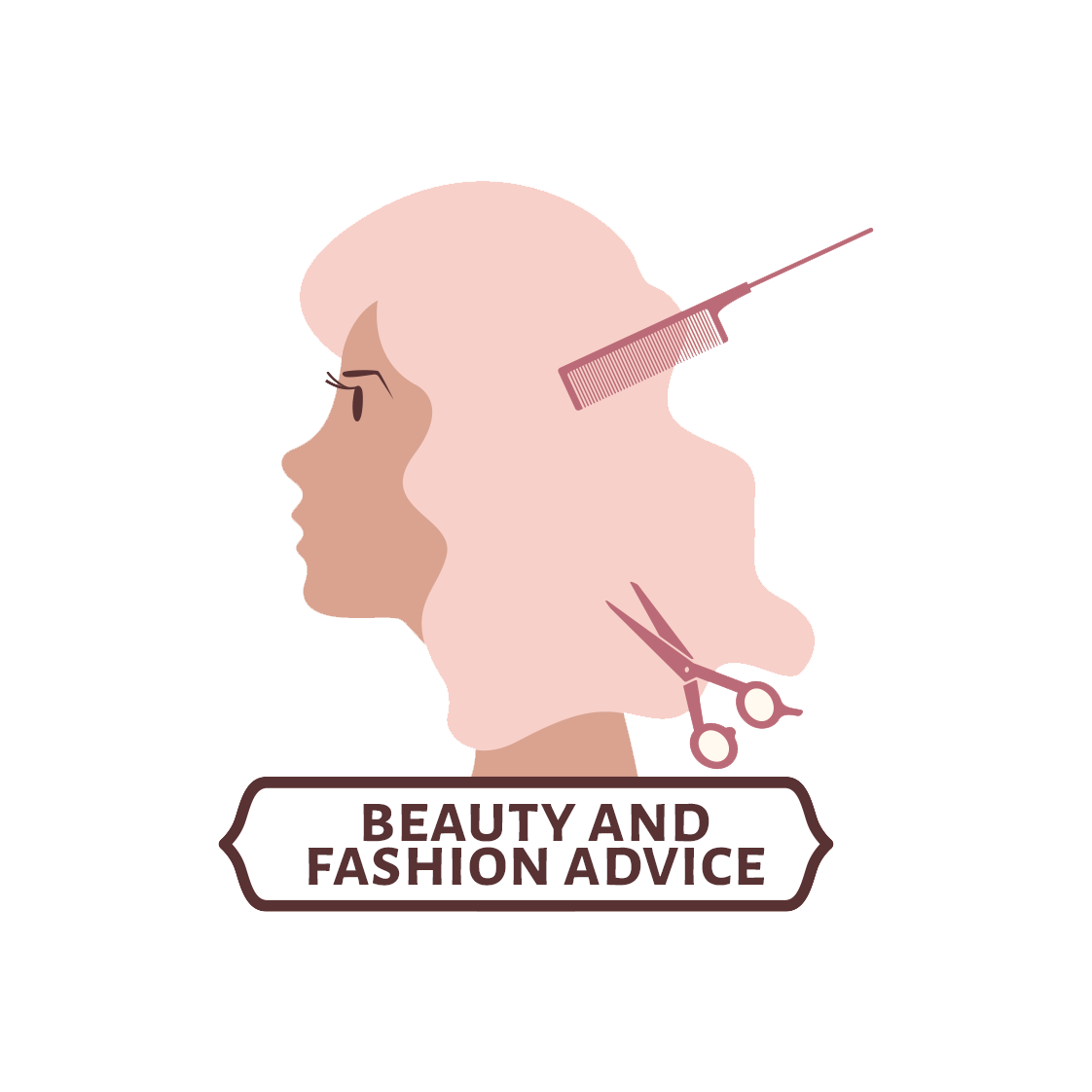“In Los Angeles, everyone is a star,” Jasmine Benjamin’s new photo book, City of Angels: A Book About L.A. Style, quotes Denzel Washington as saying in its epigraph. And the book itself—which features dozens and dozens of stunning photos of Angelenos ranging from “edgy Echo Park hipsters” to “K-Town cuties” to “Black musicians and artists from South Central and Inglewood” and beyond—is definitely doing its part to give so-called everyday citizens the Hollywood-royalty treatment. As City of Angels makes abundantly clear, though, there’s really no such thing as an ‘ordinary’ Los Angeles resident; this city is set apart by its sharp and distinctive street style, and Benjamin skillfully captures its evolution across the various zip codes and demographics that make L.A. one of the most diverse cities in America.
This week, Vogue spoke to Benjamin about the process of coming into her identity as a photographer while putting together City of Angels, the best neighborhoods for style-spotting, the local vintage stores she loves most, and her dream L.A. day; read the full interview below.
How did the idea for this book come about?
I was talking to my really good friend and mentor Jeffrey Deitch about something that was going on in my career many years ago, and I was like, ‘I don’t know if I should still do this. Styling is so hard!’ He told me, ‘You’re really smart. You know so many eclectic people. You have really great taste. You should do a book about L.A. style, because you know everyone in L.A.’ That was in 2016, and I made different versions trying to develop the idea; I actually had a photographer I hired to take photos, and then it just didn’t feel right, so one day, I thought ‘Maybe I’ll just try to take the photos.’ I wasn’t sure if I could do it, but my friends were like ‘Yeah, you can take photos because your eye is there, it’ll just be a different medium.’ I started taking the photos myself, and my plan was, ‘Okay, if the first photos are great, then I’ll keep going; if they’re not great, I’m not going to do this.’ I took the photos and was like, ‘Oh, my God, wait, I’m a photographer! These photos are so good. I love these.’ I think I took around 50 photos and showed them to Jeffrey, and he was like, ‘Okay, are you a photographer now?’ Jeffrey will be really honest with you if something’s not good, so I just kept going, and my vision became more clear because I had control over how the images were going to look. I knew 80% of the people in the book, which made it a more comfortable situation for everyone.















